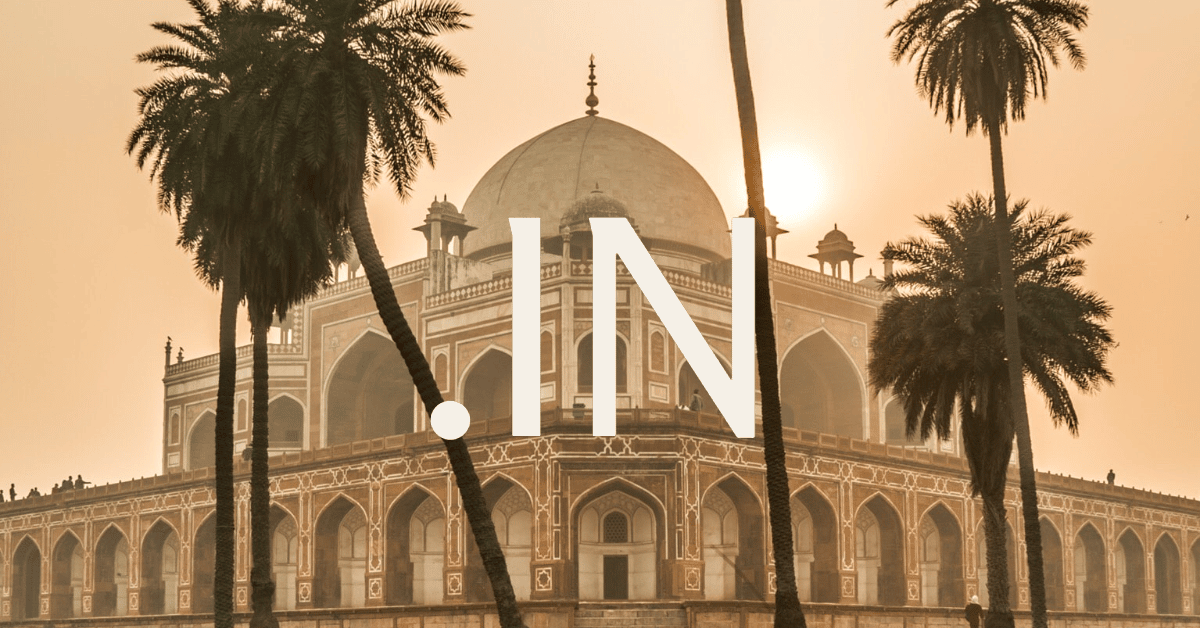NIXI removes published INDRP decisions, generating more questions about how the policy is implemented.

The Uniform Domain Name Dispute Resolution Policy (UDRP) isn’t perfect. It works well most of the time but there are outlier cases, many of which I highlight on this site.
The good thing is that there’s lots of transparency; all UDRP cases are published online. Sunshine is the best disinfectant.
The same can’t be said for cybersquatting cases involving India’s .in domain name. Like many ccTLDs, .in has its own version of UDRP. India’s version is called the .IN Dispute Resolution Policy (INDRP).
Like UDRP, INDRP requires the Complainant to prove three things. It’s the same as UDRP except for substituting OR for AND in the third element:
the Registrant’s domain name has been registered or is being used either in bad faith or for illegal/unlawful purpose.
This is more Complainant-friendly than the UDRP.
Even with this difference, you might be shocked by some INDRP decisions. Panelists have ordered web.in, honey.in, and hotels.in to be transferred.
Shining light on INDRP decisions is becoming increasingly difficult, though. NIXI, which manages .in, stopped publishing decisions in October 2020. This was around the time someone criticized a shocking INDRP case in which a domain was ordered transferred based on a subdomain.
Making matters worse, NIXI removed all previous decisions when it refreshed its website this year.
I reached out to NIXI last Tuesday to ask why it took the cases down and have not heard back.
I’ve heard from many people over the years about their frustrations with INDRP. NIXI’s decision to stop publishing decisions and remove previously published cases is a step in the wrong direction.
The removal of published decisions comes on the heels of another controversial decision: NIXI recently restricted the number of domain names people can register to just two. If they want more, they have to seek permission from NIXI’s CEO.






Do you know the Worst place for injustice for domains ?. .ae in the UAE. They simply take them, no procedure at all, they just tell Registrar “we want xyz domains back” and they take them without asking ,nothing. Had 8 taken in 1 go. Not for anyone, just in case “someone” wanted them.
NIXI has withdrawn 2 domain restrictions. You may register as many domains as you want.
The most disappointing thing I find about the Indian system for . in is that you must be an Indian citizen before you can get on the roster of domain name arbitrators. I have asked to join the panel regularly but I always get the reply ” No, you must be an Indian citizen”. What a bizarre rule for anything to do with the internet, which was supposed to advance communications worldwide.